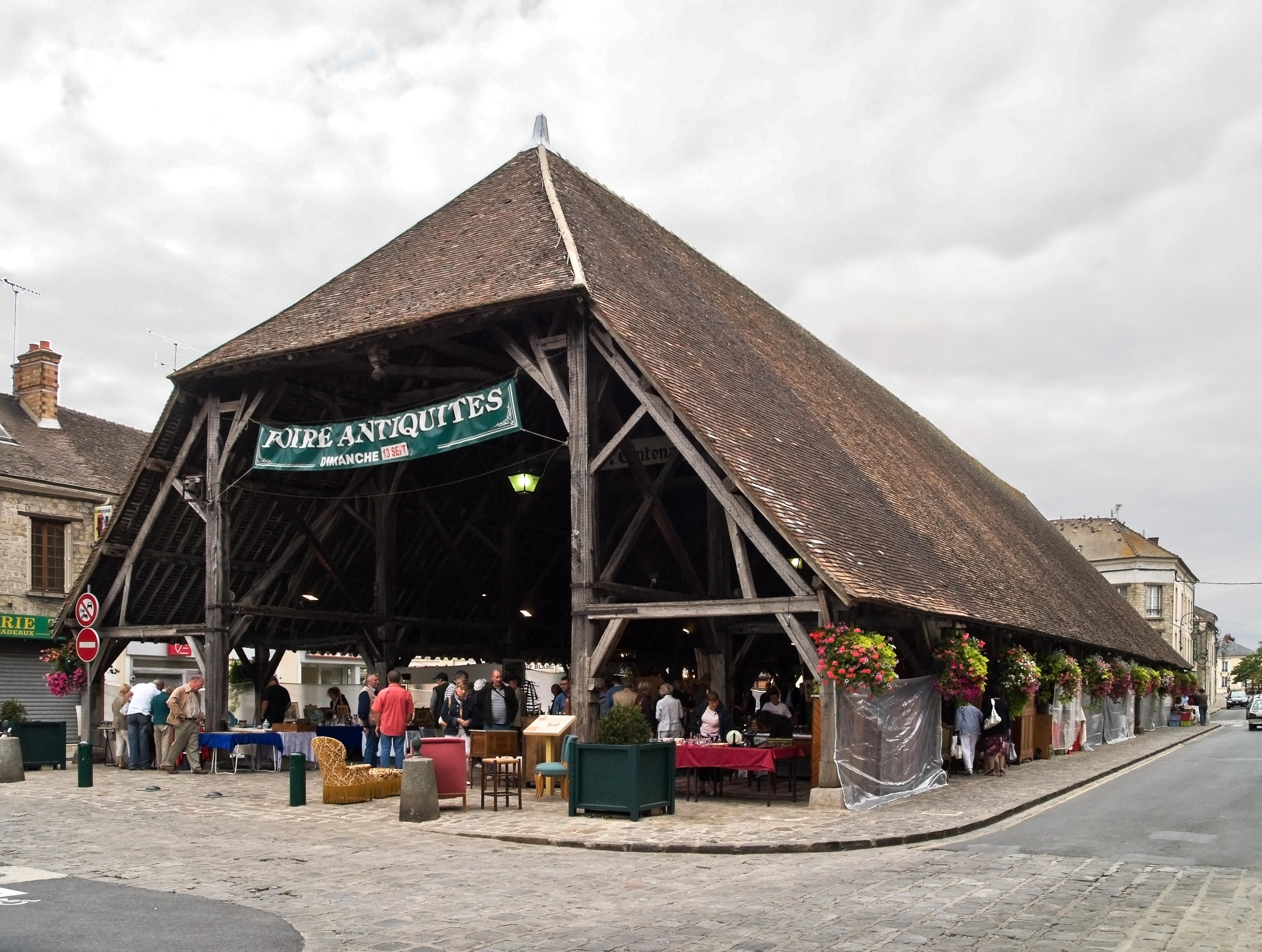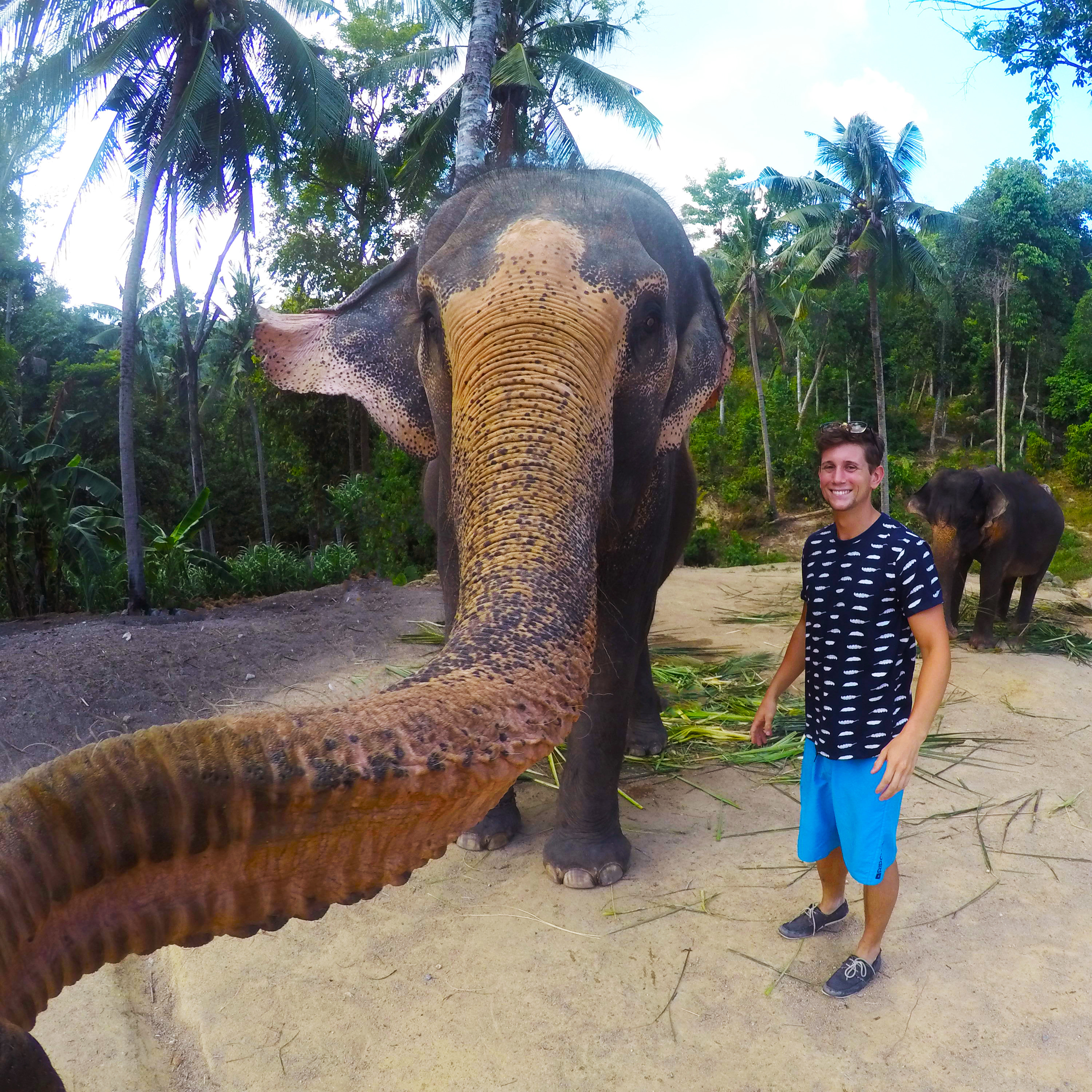|
Joachim-Raphaël Boronali
Joachim-Raphaël Boronali was a fictitious Italian painter created as an invention of writer and critic Roland Dorgelès who created paintings on canvas by tying a paintbrush to the tail of a donkey named Lolo. A painting by the donkey, '' (Sunset Over the Adriatic)'' was exhibited at the 1910 Salon des Indépendants attributed to the 'excessivist' Genoan painter. The painting sold for 400 francs (~ $1200 in 2020 value) and was donated by Dorgelès to the ''Orphelinat des Arts''.Daniel Groinowski, ''Aux commencements du rire moderne. L'esprit fumiste'', José Corti, Paris, 1997, p.296. The painting forms part of the permanent collection at ''l'Espace culturel Paul Bédu'' (Milly-la-Forêt). Boronali Impression.jpg, '' (Sunset Over the Adriatic)'', 54 × 81 cm, painting made by donkey (Lolo) assisted by Roland Dorgelès. See also *Animal-made art *Pierre Brassau Pierre Brassau was a Swedish artist and chimpanzee who was the subject of a 1964 hoax perpetrated by Åke "Dacke" A ... [...More Info...] [...Related Items...] OR: [Wikipedia] [Google] [Baidu] |
Roland Dorgelès
Roland Dorgelès (; 15 June 1885 – 18 March 1973) was a French novelist and a member of the Académie Goncourt. Born in Amiens, Somme, under the name Roland Lecavelé (he adopted the pen name Dorgelès to commemorate visits to the spa town of Argelès), he spent his childhood in Paris. A prolific author, he is most renowned for the Prix Femina-winning ''Wooden crosses'' (), a moving study of World War I, in which he served. It was published in 1919 (in English by William Heinemann in 1920). Dorgelès served as a juror with Florence Meyer Blumenthal in awarding the Prix Blumenthal, a grant given between 1919 and 1954 to painters, sculptors, decorators, engravers, writers and musicians. See also Joachim-Raphaël Boronali Joachim-Raphaël Boronali was a fictitious Italian painter created as an invention of writer and critic Roland Dorgelès who created paintings on canvas by tying a paintbrush to the tail of a donkey named Lolo. A painting by the donkey, '' (Suns ... Ref ... [...More Info...] [...Related Items...] OR: [Wikipedia] [Google] [Baidu] |
Société Des Artistes Indépendants
The Société des Artistes Indépendants (''Society of Independent Artists'') or Salon des Indépendants was formed in Paris on 29 July 1884. The association began with the organization of massive exhibitions in Paris, choosing the slogan "''sans jury ni récompense''" ("without jury nor reward"). Albert Dubois-Pillet, Odilon Redon, Georges Seurat and Paul Signac were among its founders. For the following three decades their annual exhibitions set the trends in art of the early 20th century, along with the Salon d'Automne. This is where artworks were often first displayed and widely discussed. World War I brought a closure to the salon, though the ''Artistes Indépendants'' remained active. Since 1920, the headquarters has been located in the vast basements of the Grand Palais (next door to the ''Société des Artistes Français'', the ''Société Nationale des Beaux-Arts'', the Société du Salon d'Automne, and others). History The Salon des Indépendants (Salon des Artistes I ... [...More Info...] [...Related Items...] OR: [Wikipedia] [Google] [Baidu] |
José Corti
José Corti is a bookshop and publishing house located in Paris, France, and was founded in 1925. It is named after its founder, José Corticchiato (14 January 1895 – 25 December 1984). José Corticchiato started his business by publishing the work of his surrealist friends that included the founder André Breton, Paul Éluard, and Louis Aragon. José Corti's bookshop is located in the Latin Quarter in Paris, at 11 Rue Médicis, 75006 Paris (VIème). The firm was the lifelong publisher of French author Julien Gracq, and owns the publishing rights to Jan Potocki's masterpiece ''The Manuscript Found in Saragossa''. Its motto is , which means "Nothing Commonplace". At the end of 2016, the bookshop at 11 rue de Médicis closed. It reopened in February 2017 under the name "Librairie des éditeurs associés", which still houses the Corti publishing collection, as well as other independent publishers. In 2023, Marie de Quatrebarbes and Maël Guesdon took over the management of the h ... [...More Info...] [...Related Items...] OR: [Wikipedia] [Google] [Baidu] |
Milly-la-Forêt
Milly-la-Forêt () is a Communes of France, commune in the Essonne Departments of France, department in the Île-de-France region in northern France. Geology The Forest of Fontainebleau, in the western end of which Milly-la-Forêt lies, is composed of the Oligocene Fontainebleau sands, which are a marine deposit, laid down in an intertidal zone. History Milly-la-Forêt is the probable birthplace of Wulfram of Sens, Saint Wulfram; in about 640. Origin of the place name The first name of this domaine was called Maurillac in Gaul, Mauriliaco on a Merovingien coin, became Maureliacum, Melliacum in 667, Milliacum in Latin. The place name Milly is relatively current; it refers to an antic presence of a villa rustica owned during the Gallo-Romaine era by a certain Milius or Emilius. Hereby, the name was imported in 1080 by the knight Adam de Milly, originally from Milly-en-Beauvaisis and first lord of the place. But a charter dated from 651 mentioned already the name Melliacus. In the ... [...More Info...] [...Related Items...] OR: [Wikipedia] [Google] [Baidu] |
Animal-made Art
Animal-made art is art created by an animal. Animal-made works of art have been created by apes, elephants, cetacea, reptiles, and bowerbirds, among other species. Painting animals Pigcasso the pig Pigcasso is a South African pig that has gained international notoriety for her abstract expressionist paintings, which have sold for thousands of dollars around the world. Pigcasso was rescued from an industrial hog farm as a piglet by her owner, Joanne Lefson, who taught her to paint using positive reinforcement techniques. Lefson uses the proceeds of the sales of Pigcasso's paintings to raise funds for her farm sanctuary in Franschhoek, South Africa. Each of Pigcasso's works is signed by means of the artist dipping her nose-tip into beetroot ink and touching it onto the canvas. Pigcasso and Lefson are the first non-human/human collaboration to have held an art exhibition together, which took place at the Victoria & Alfred Waterfront in Cape Town in 2018. Three of Pigcasso' ... [...More Info...] [...Related Items...] OR: [Wikipedia] [Google] [Baidu] |
Pierre Brassau
Pierre Brassau was a Swedish artist and chimpanzee who was the subject of a 1964 hoax perpetrated by Åke "Dacke" Axelsson, a journalist at the Swedish tabloid ''Göteborgs-Tidningen''. Axelsson came up with the idea of exhibiting a series of paintings made by a non-human primate, under the pretense that they were the work of a previously unknown French artist named "Pierre Brassau", in order to test whether critics could tell the difference between true avant-garde modern art and the work of a chimpanzee. "Pierre Brassau" was Peter, a four-year-old common chimpanzee from Sweden's Borås Djurpark (i.e., Borås Zoo, condensed to "Brassau"). Axelsson had persuaded Peter's 17-year-old keeper to give the chimpanzee a brush and paint. After Peter had created several paintings, Axelsson chose the best four and arranged to have them exhibited at the Gallerie Christinae in Göteborg, Sweden. While one critic prophetically observed that "only an ape could have done this", most praised th ... [...More Info...] [...Related Items...] OR: [Wikipedia] [Google] [Baidu] |
Nonexistent People Used In Hoaxes
Existence is the ability of an entity to interact with reality. In philosophy, it refers to the ontology, ontological Property (philosophy), property of being. Etymology The term ''existence'' comes from Old French ''existence'', from Medieval Latin ''existentia/exsistentia'', from Latin ''existere'', to come forth, be manifest, ''ex + sistere'', to stand. Context in philosophy Materialism holds that the only things that exist are matter and energy, that all things are composed of material, that all actions require energy, and that all phenomena (including consciousness) are the result of the interaction of matter. Dialectical materialism does not make a distinction between being and existence, and defines it as the objective reality of various forms of matter. Idealism holds that the only things that exist are thoughts and ideas, while the material world is secondary. In idealism, existence is sometimes contrasted with Transcendence (philosophy), transcendence, the ability ... [...More Info...] [...Related Items...] OR: [Wikipedia] [Google] [Baidu] |




